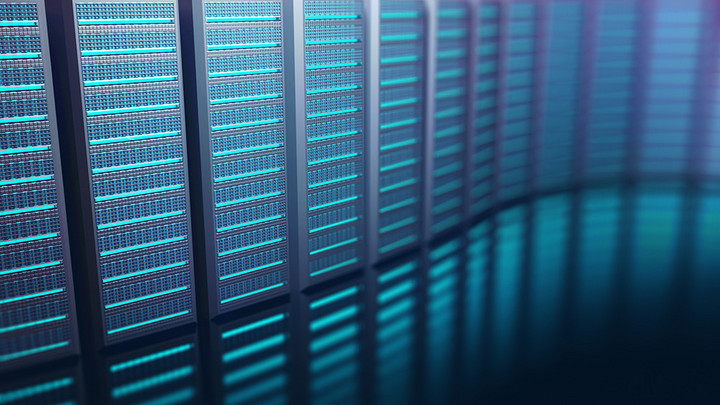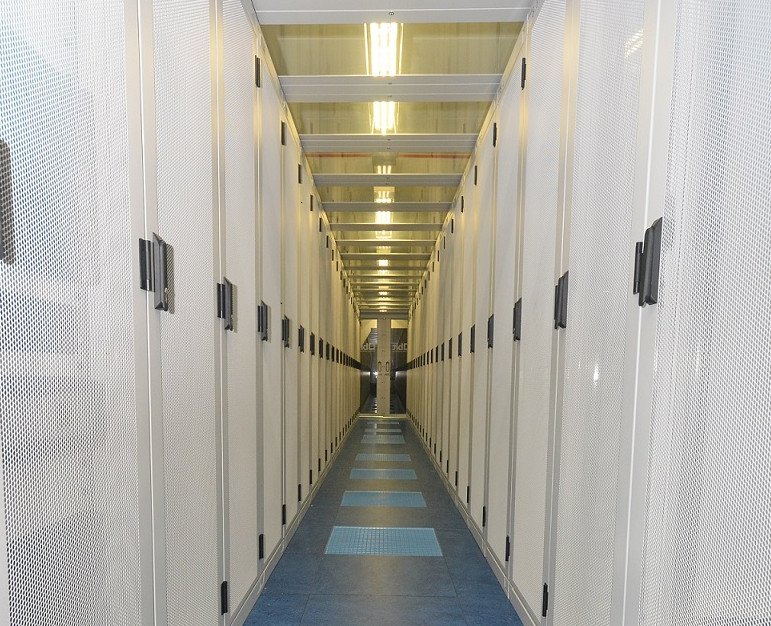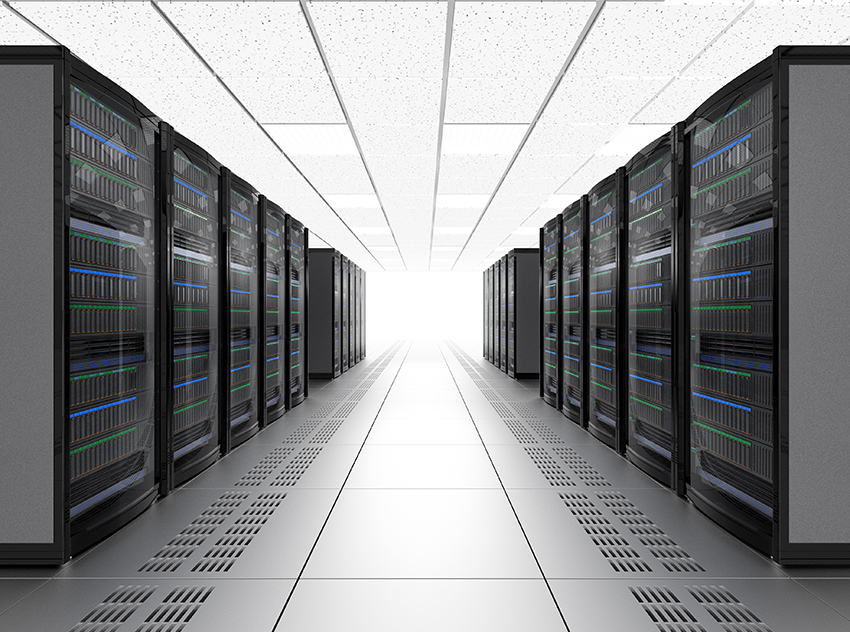Green Efficiency
How Europe's leading hyperscale cloud provider, OVH, uses climate-friendly techniques to cool its servers – good for the environment and the pocket, as Dr Jens Zeyer from OVH Germany explains.

© ktsimage| istockphoto.com
Thanks to the Internet, information is constantly available these days. It is not just convenient – it is something we take for granted. But did you know how much energy this guzzles? To power the worldwide web, the equivalent of around 25 power plants need to produce electricity around the clock.
Related Stories


Energy consumption for cloud services alone totalled 680 terawatt hours in 2011. What’s more, the demand for electricity for Internet activities is set to triple by 2020. Globally, data centers account for around 1.5 to 2 percent of total electricity consumption. Half of this electricity goes to cooling servers.
Apple, Google, Microsoft, SAP… across the globe, companies are searching for innovative solutions to save energy and thereby, of course, money.
OVH, Europe's biggest cloud services company and a leading provider of Internet and cloud infrastructure worldwide, already started down this path in 2003. The aim of our “EcoSalle” project was to operate our data centers without the need for air conditioning. Achieving this goal would make a fundamental contribution towards tackling climate change. Ten years of research and development later, we did it: between 2004 and 2012, OVH managed to reduce energy consumption by one third. Even back then, our optimal PUE (Power Usage Effectiveness) was an impressive 1.30.
Two approaches introduced by OVH founder Octave Klaba and his team promised particularly significant energy savings. One involves cooling which uses the air already in the building. The other uses a cooling liquid that flows “on the rack”, i.e. through the server. It’s a simple formula: 30% air cooling + 70% liquid cooling. Energy-intensive and therefore expensive air conditioning systems were no longer necessary on a long-term basis.
Liquid cooling built into the server chassis
In 2004, OVH developed an innovative liquid cooling process for servers, which is actually built into the server chassis itself. The liquid coolant runs past heat-intensive components like processors, picking up about 70 percent of the heat. The heated liquid is then pumped out of the case. A specially installed heat exchanger then cools it down again. Kilometer upon kilometer of tubes and pipes connect to make this system work on an industrial scale. The system is designed with full redundancy and uses multiple devices interchangeably to control the pumping. Thanks to this efficient procedure, only small amounts of energy are needed to cool the servers.
OVH has taken special safety measures for the liquid coolant, and circuit boards are equipped with various protection mechanisms to prevent a short circuit. The conductivity of the liquid, for instance, is close to zero. When a component needs replacing, cooling tubes are simply disconnected, so that no liquid can escape.
Optimal management of air flows in data center design
Data center design plays an important role in the optimal management of air flows. In the best-case scenario, the data center is built so that wind can be used for cooling. Large air ducts act like chimneys, drawing warm air up and out of the room. Separate cold and hot channels help to control air circulation inside the server chassis. Fresh air from outside is drawn in through side openings in the server case. In this way, it gets directly to the fans and processors inside the server. The heated air then passes out through the “hot” channel at the back of the server. An extractor built into the channels continuously draws away the hot air. Each server chassis is equipped with its own fan. As a result, cold air gets to the components that need cooling quickly and efficiently.
This procedure is particularly useful when installing server racks. The advantages are clear: the amount of air circulation needed is reduced to a minimum. The only thing that is necessary is to cool the air. It’s a game-changer in sustainable server construction.
Thanks to this innovative system, we can achieve complete cooling of our servers using only a fraction of the energy. In total, only about 3-4 meters of pipeline per server rack are needed for air cooling. Performance remains constant, even during temporary peaks in load. This sustainable design benefits everyone – but most of all, it benefits the environment.
Dr. Jens Zeyer studied German and media studies at the Heinrich Heine University in Dusseldorf. In 2016 he successfully completed his doctorate in Modern German Studies. With over ten years of experience in senior marketing and PR positions (including BFS health finance GmbH Bertelsmann, Cirrus Airlines Luftfahrtgesellschaft mbH), he has been Marketing and PR Executive at OVH Germany since 2015.
Please note: The opinions expressed in Industry Insights published by dotmagazine are the author’s own and do not reflect the view of the publisher, eco – Association of the Internet Industry.

Please note: The opinions expressed in Industry Insights published by dotmagazine are the author’s own and do not reflect the view of the publisher, eco – Association of the Internet Industry.



